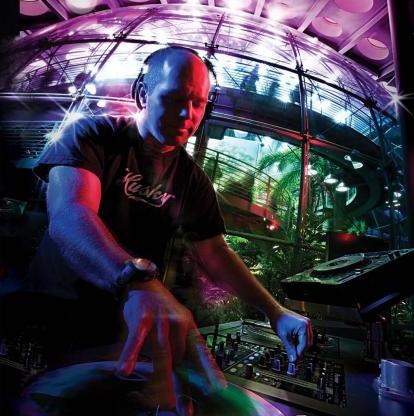 The lights are dim, the music loud, and the dance floor crowded. Despite the alcohol and food, the large space smells refreshingly clean. People wander the hall with hopeful expressions, name tags stuck on shirts, drinks in hand, attempting to strike up conversations.
The lights are dim, the music loud, and the dance floor crowded. Despite the alcohol and food, the large space smells refreshingly clean. People wander the hall with hopeful expressions, name tags stuck on shirts, drinks in hand, attempting to strike up conversations.
This feels more like a singles event than an evening at a science museum. Actually, it’s both. The San Jose Tech Museum of Innovation opens its doors exclusively to adults after regular hours on Thursdays, but the space is also available to event organizers like match.com.
Like the Tech, two other local science museums — the California Academy of Sciences and the Exploratorium — also have evening programs for adults.
“I look at these events as a way to bring adults an experience of science in a very social context,” said Kelly Mendez, communications associate at the Cal Academy. “You can walk through a rainforest and then dance to a DJ’s tunes — It’s a unique way to experience different parts of the world in one night.”
After-hours programs likely began with art museums, but most museums across the country — arts and sciences alike — now host an evening shindig of some sort. The three science museums I visited in the Bay Area all said their programs have been very successful. Not citing exact numbers, Mendez said attendance at the Cal Academy’s NightLife had increased over the last year.
Institutional revenues aside, does hosting social events at science museums equate to a more science-engaged society? The data suggest they might.
One study analyzed 40 adults’ visits to a geology exhibit at the Smithsonian National Museum of Natural History. The researchers found that people who ranked either ‘entertainment’ or ‘education’ as strong motivators for visiting museums were more likely to learn from the exhibits than those who did not consider these factors important. Another survey of visitors at the Queensland Museum in Brisbane, Australia, found that whether visiting with a companion or alone, people rated ‘finding out new things’ as their highest priority. But they were likely to engage with exhibits more — using touch-screens, physically interacting with displays — when they had company. Neither of these studies, however, was specific to museums’ science-y nightclub events. And there’s little evidence to indicate that these events aim to educate.
“Designed environments have historically focused on what attracts an audience and keeps it engaged, but experiences are not often framed in terms of learning,” according to a 2009 report from the National Research Council on adult science learning in informal environments.
‘Scientific literacy’ can be hard to quantify. Jon Miller, a professor at the University of Michigan who studies public understanding of science, defines it as being able to understand most of the Tuesday New York Times science section. Only 28 percent of the U.S. population meets that standard. A 2012 Gallup poll found nearly half of all Americans dismiss the theory of evolution. Other reports suggest that science ‘denialism’ is on the rise.
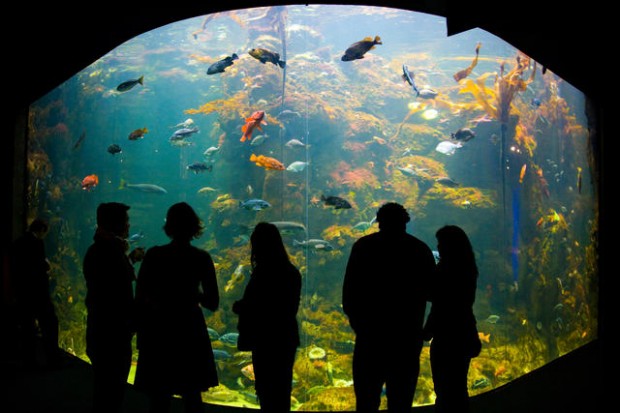 Considering these ambivalent attitudes, the mere success of adults-only nights at science museums is sufficient reason for optimism.
Considering these ambivalent attitudes, the mere success of adults-only nights at science museums is sufficient reason for optimism.
Simply by choosing cocktails at a science museum over a nightclub, visitors are establishing their identities as ‘individuals interested in science’. Perhaps the role of these events is no more — and no less — than reminding us of that science is part of life.
In the study at the Australian museum, both solitary visitors and those with companions described their experiences with words familiar to any adult enjoying a night out — “I can get more immersed in things”, “It’s fun to talk”, and “nice to have company”.
When I spoke with attendees at the Tech’s night event, I heard echoes of these impressions. Some were there for the “visceral, hands-on experience of science,” others only wanted to have fun.
“I’m not learning anything, but I can’t blame the museum for it. I’m just here to have a good time,” said one visitor as he toggled levers and switches.
With kids and strollers absent, the museum’s interactive exhibits invited the grown-ups to tinker, fiddle, putter and play.
Across the room from the dance floor, visitors constructed ‘UFOs’ at craft tables piled with glitter and color. Their inventions – a take-out food container festooned with glowing LEDs and bubble wrap, a paper cup ringed with drinking straws and tinsel – were certainly unidentifiable, but their capacity to fly had to be tested. Once ready, museum volunteers tossed the wannabe UFOs into ‘wind tunnels’ made from transparent tubes and box fans. Some contraptions flew, others flopped. This was an adults-only evening, but when these handcrafted projects took off, the delight was purely childlike.
Photo credits: DJ at NightLife, credit: California Academy of Sciences; fishtank at the California Academy of Sciences, credit: Anthony Gordon

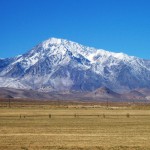
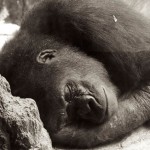
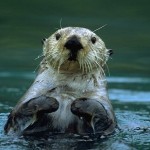
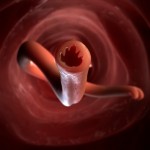
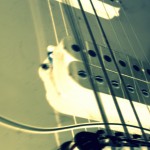
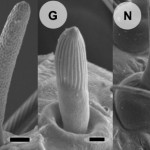
Comments are closed.